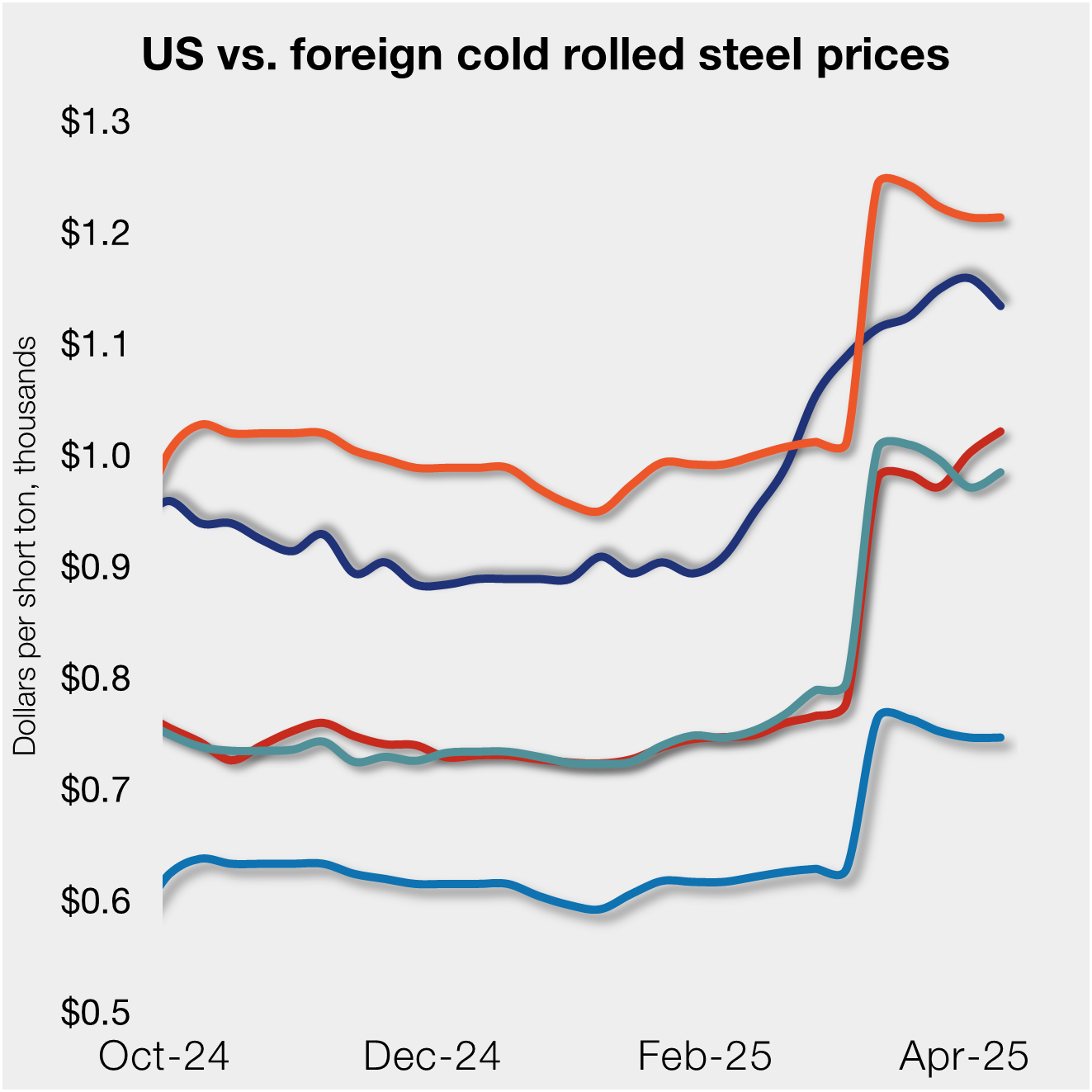Steel Products

Op-ed: Near-zero emission steel a reality, governments must now step up
Written by Martin Pei
December 6, 2023
Steel used to be cited as a big sticking point in the energy transition, but this is no longer the case. Fossil-fuel-free steel is real and is being produced. However, immediate and enabling policy support is needed to scale up and roll out new technologies at scale.

The production of steel represents some 7% to 9% of global emissions and steel is needed everywhere — including to produce the infrastructure on which a net zero economy will rely. In other words, transforming the steel industry to abate its carbon dioxide emissions is vital to reach the Paris Agreement. It is also necessary for jobs and the European economy — the steel industry contributes some €110 billion ($118.67 billion) a year to the EU economy, employs around 330,000 people and supports a further 1.6 million jobs in related sectors.
Until recently, the technology to use 100 % fossil-free hydrogen, instead of coal or fossil gas, for the direct reduction of iron ore had never been shown. SSAB’s Hydrogen Breakthrough Ironmaking Technology (Hybrit) technology has shown at pilot scale, however, that a near-zero emissions alternative is possible. Working with LKAB, a Swedish mining firm, and power company Vattenfall, we have solved the green steel conundrum and, in 2022, we made our first fossil-free steel shipments, including to Volvo, which produced the first vehicle to be made with fossil-free steel.
However, last year’s shipment of 500 metric tons of fossil-free steel is a mere drop in the ocean compared to the 153 million metric tons of steel produced every year in the EU. Nonetheless, the fact this technology works is incredibly exciting and if governments work fast to introduce the right enabling policy frameworks, we can swiftly scale up production and help eliminate emissions.
First, to create a level playing field, governments must handle state aid with care to ensure support goes where it is needed without causing geopolitical problems. If used as a tool to support near-zero emission steel, state aid should focus on research and development and the growth of new technologies, and not be used to subsidize already commercially available technologies. We need to avoid a subsidy race within the EU and between international trade blocs.
Secondly, the EU, and some national governments, have already made a good start, but we would like to see wider regulatory reforms to improve and speed up the approval of permitting procedures for industrial plants and supporting infrastructure, like power grids, in all EU member states.
Thirdly, policymakers can help create markets for near-zero emission materials and products by working with standardisation bodies to create common methodologies on how to measure, report and verify carbon emissions. This step is important to create transparency around decarbonisation efforts for all steelmaking production processes and to protect and enhance the credibility of the steel industry’s greenhouse gas emissions reporting. Customers and consumers need to be able to understand and compare the carbon intensity of all steel products.
Already, many companies, including Volvo, Mercedes-Benz, Alfa Laval and Polestar, are working with us on how fossil-free steel can help them create fossil-free value chains that enable them to reduce their Scope 3 emissions in line with reporting and disclosure rules. And it is clear that our customers are willing to pay a premium for fossil-free steel for this very reason.
Further, we need greater clarity from policymakers about the path away from fossil fuels and towards net zero. We need to see them implementing actions that make it more costly for companies which continue to emit in line with business-as-usual. To this end, global carbon pricing mechanisms are needed to set the foundation for faster industrial decarbonization.
Finally, the industrial transition is dependent on access to fossil-free energy inputs, especially electrification. We therefore call on governments to prioritize a faster roll-out of fossil-free electricity production and transmission grids.
Technology was a difficult barrier we had to overcome to decarbonize steel, and through dedicated research and development work, we have succeeded at pilot scale. Fossil-free steel is a reality. But to demonstrate that it can be produced at an industrial scale, we need both government and first movers to help aggregate demand. More demand-side interest and orders will bring down costs and justify a broader industry shift in production from fossil fuel to near-zero emission steel, with important benefits for the environment and the economy.

Martin Pei
Read more from Martin PeiLatest in Steel Products

AISI: Raw steel production levels off near six-month high
The volume of raw steel produced by US mills remained relatively flat last week, maintaining the rebound seen one week prior, according to the American Iron and Steel Institute (AISI). Previously at the second-highest rate of the year, production continues to hold at one the strongest levels recorded over the last six months.

Nucor keeps HRC price unchanged
Nucor has kept its weekly hot-rolled (HR) coil price flat this week, after a marginal cut the previous week.

SMU flat-rolled market survey results now available
SMU’s latest steel buyers market survey results are now available on our website to all premium members. After logging in at steelmarketupdate.com, visit the pricing and analysis tab and look under the “survey results” section for “latest survey results.” Past survey results are also available under that selection. If you need help accessing the survey results, or if […]

CRU tariff webinar replay now available
CRU’s latest webinar replay on how Trump’s tariffs affect the global steel market is now available on our website to all members. After logging in at steelmarketupdate.com, visit the community tab and look under the “previous webinars” section of the dropdown menu. You’ll find not only this special CRU webinar but also all past Community […]

US, offshore CRC prices diverge
US cold-rolled (CR) coil prices declined this week, slipping for the first time since early February. Most offshore markets deviated, moving higher this week.
